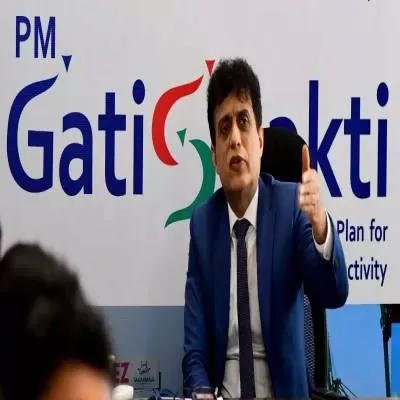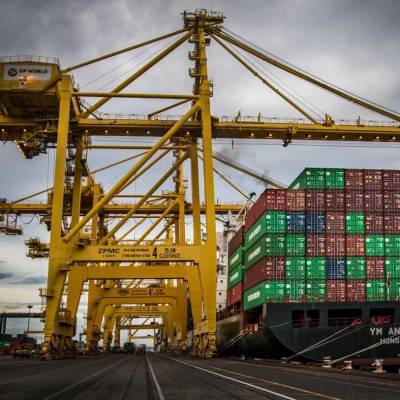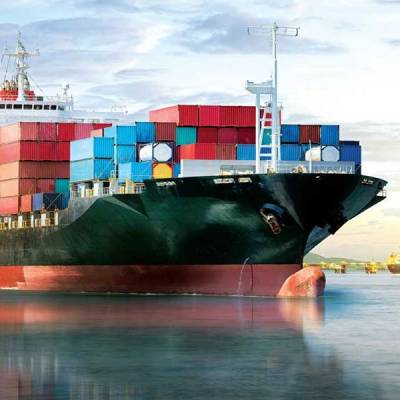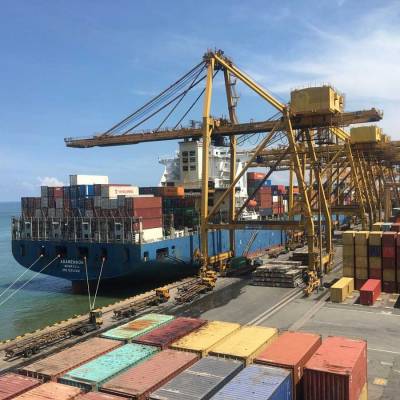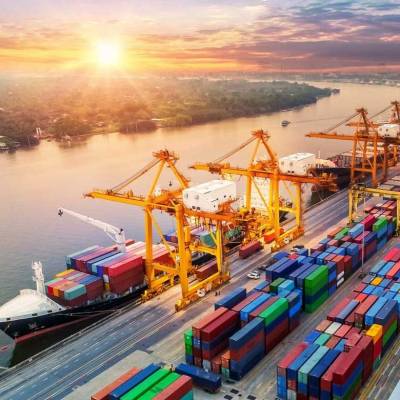- Home
- Infrastructure Transport
- PORTS & SHIPPING
- The potential of urban growth is an opportunity to create sustainable cities

The potential of urban growth is an opportunity to create sustainable cities
<span style="font-weight: bold;">SANJAY SETH, Senior Director, Sustainable Habitat Division, TERI,</span> addresses the audience at CWAB. Excerpts... <p></p> <p> In the next 32 years, another 2.5 billion people are expected to live out of urban areas; 90 per cent of these will be in Asia and Africa. India would have been responsible for a fifth of those numbers as far as urban developers are concerned - all this will happen in the next 30 years. </p> <p>As the world continues to urbanise, sustainable development depends increasingly on the successful and sustainable management of urban growth, especially in rapidly developing countries. We need about 1.6 planet earths now and would need twice the size by 2030 to meet our consumption demand of resources. In fact, of the 41 mega cities coming up by 2030, 33 are going to be in Asia and Africa, of which seven are going to be in India. </p> <p>In the next two decades, Indian cities will need to invest about $1.2 trillion. As noted urban planner Jean Jacob said, 'Cities have the capability of providing something to everybody only because and only when they are created by everybody.' In the years to come, India will need between 700 and 900 million sq m of new housing annually...that's an area equivalent to about two cities the size of Mumbai. This would mean tremendous growth in resource consumption while constructing and operating these spaces. </p> <p>The potential of economic and urban growth is an opportunity to create sustai<span style="font-size: 10pt;">nable cities and make India's future clean and green. Resource efficiency is closely linked to the concept of circular economy, which has gained prominence as a policy goal. A third of the solid waste generated in India every day comes from construction and demolition alone. Where are we going to get the resources if we don't bring in the required efficiencies?</span></p> <p>Globally, the building sector accounts for 40 per cent use of energy, 25 per cent of water and 40 per cent of resources, and contributes to 20 per cent of current GHG emissions. In the past decade, we have been able to set standards for construction, architecture and planning to reduce energy demand, like the Energy Conservation Building Code (ECBC) 2017, which aims at providing 20-40 per cent more efficient buildings. </p> <p>I have worked on the supply side all along. It was only in 2007 that the first codes for energy efficiency in building were introduced by the government. I was pulled in to implement these codes pan-India. It has been a huge challenge, but the Bureau of Energy Efficiency put together a team û 12 states so far have mandated the codes as far as implementation is concerned. If we were to look at states where large construction is happening, there are about 20 states that really matter. And if we have got 12 states to implement these polices, we are pretty much on target. </p> <p>Although we talk about India's green building market doubling by 2022, the perception that green costs more and does not have attractive economic paybacks is the biggest stigma. The simple equilibrium of demand and supply will always dictate market dynamics, and unless the user demands to go green, the market will not deliver green. The onus lies with us architects and engineers, building professionals and practitioners and material suppliers to educate the people on the benefits of going green and sustainable. </p> <p>So, the key is not to aspire but to demand. And we look up to you all to create the difference and change required.</p> <p></p>


